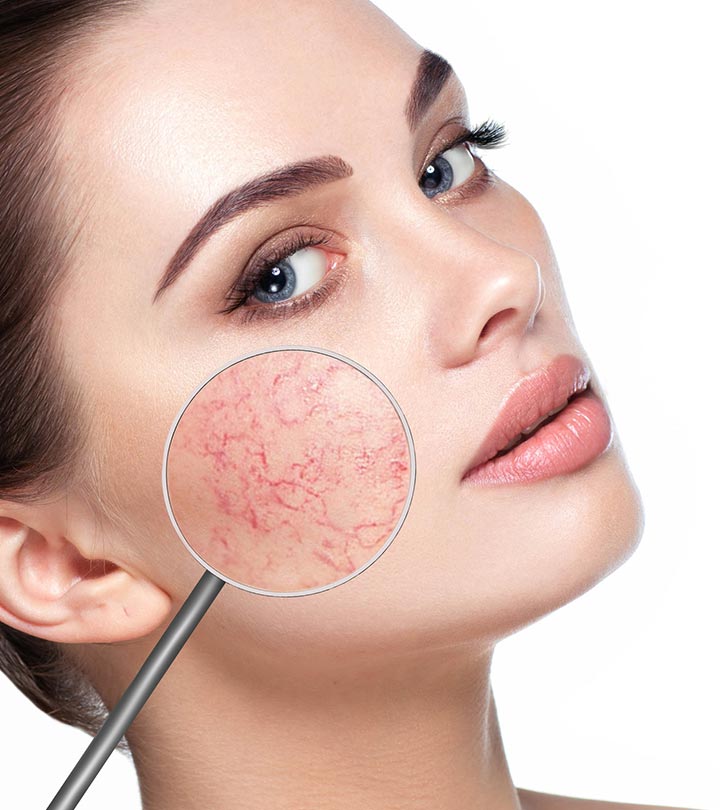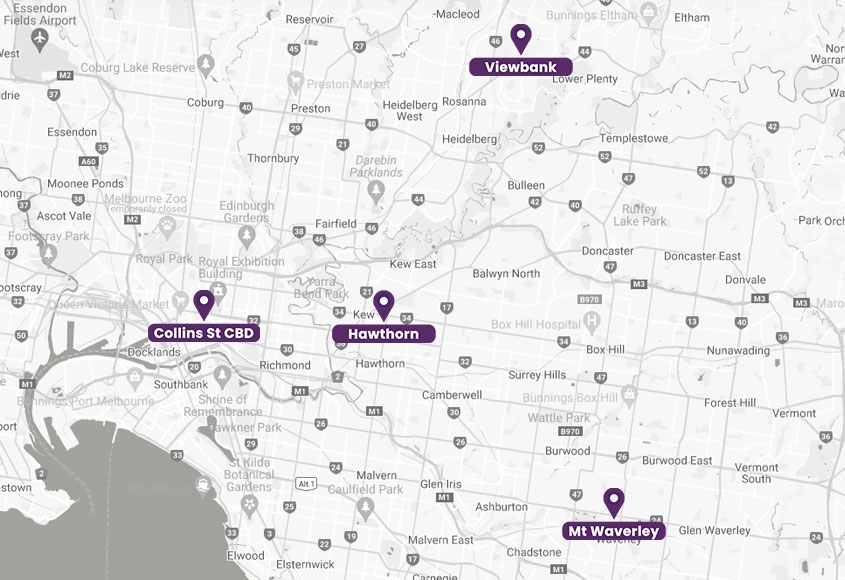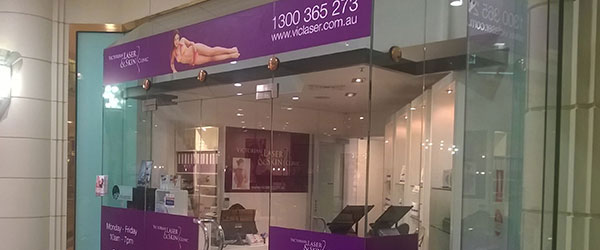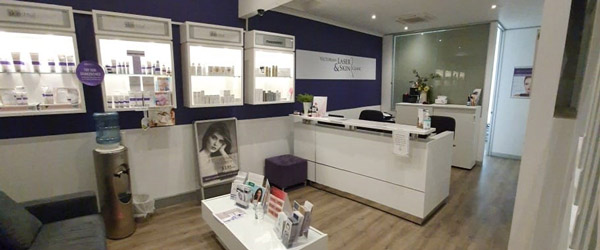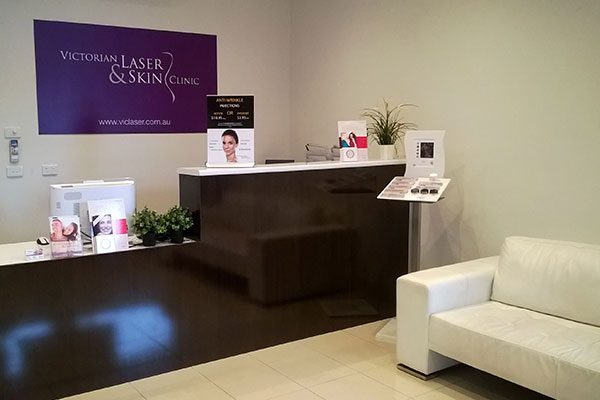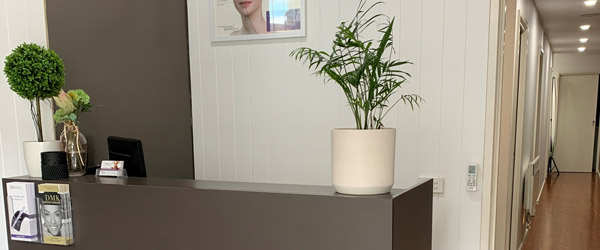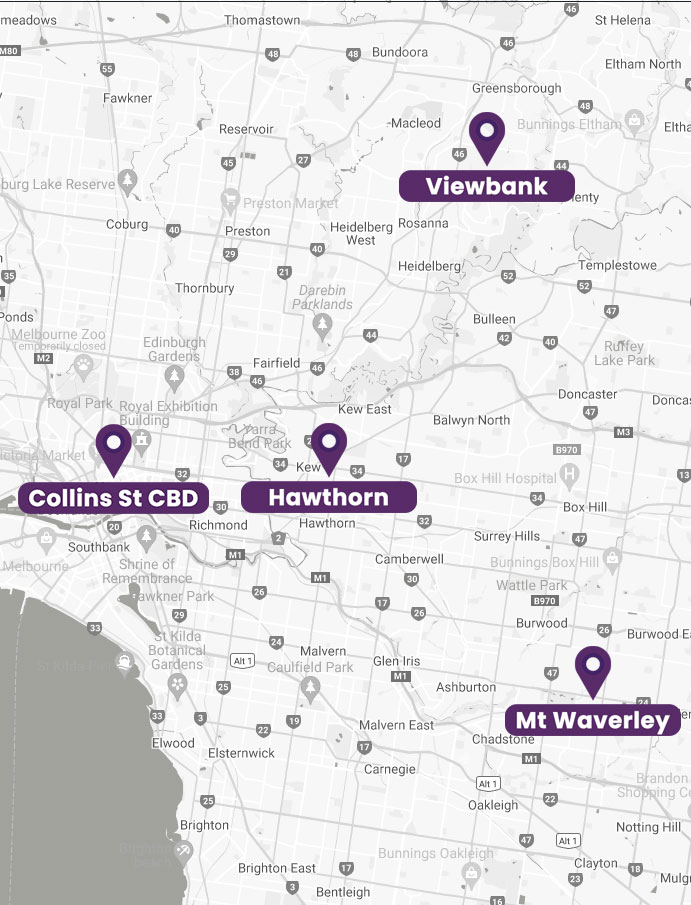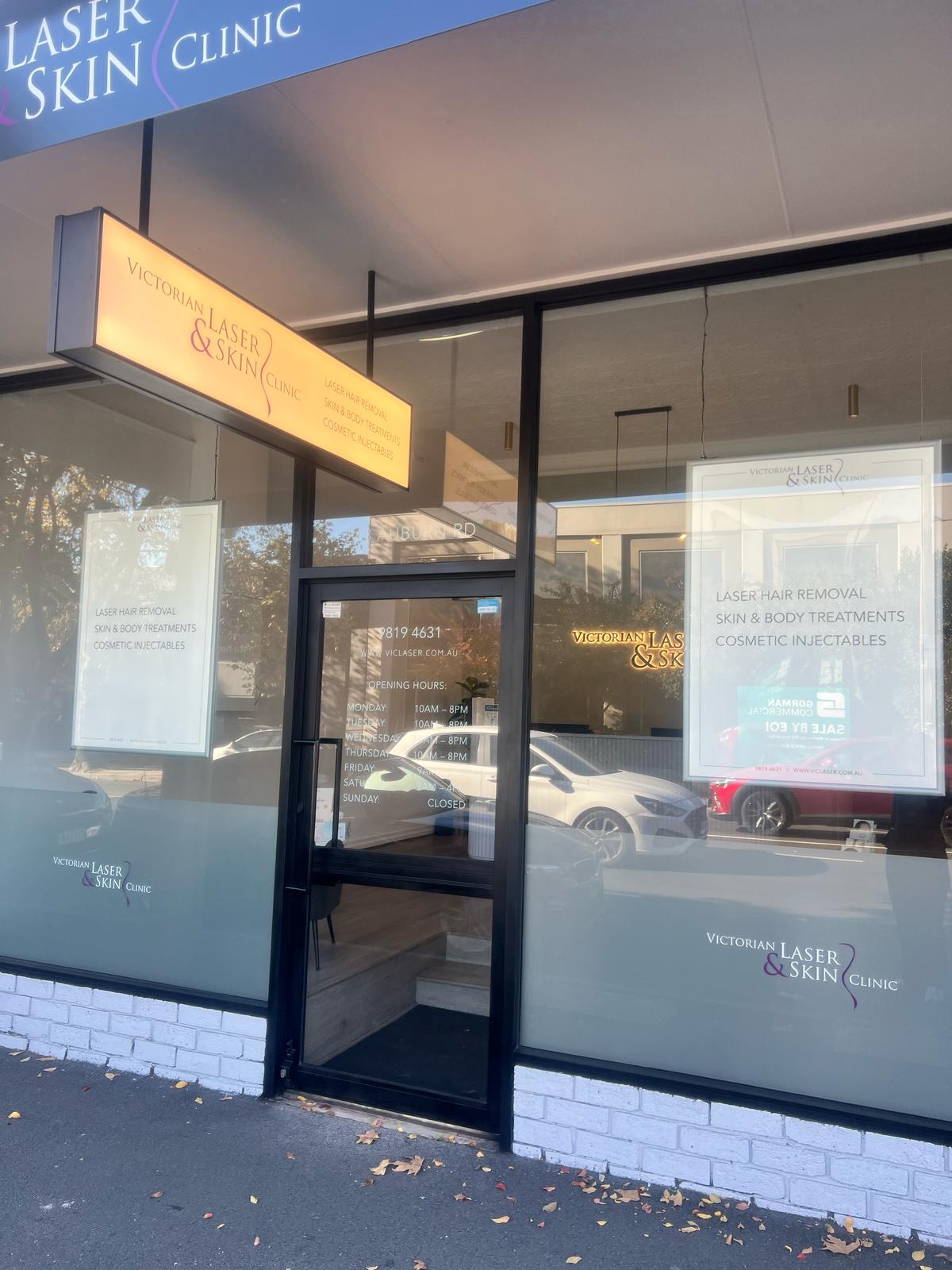Broken Capillaries
Causes + Solutions
Get in touch
*This site is protected by reCAPTCHA and the Google Privacy Policy and Terms of Service apply.
Signs and Symptoms
Broken capillaries, also known as spider veins, are characterised by red spots and veins beneath the surface of the skin. As their name suggests, their appearance is commonly compared to that of spiders. They are most prominent on the nose, chin and cheeks, and are most visible on those with thin skin.
Many seek treatment for broken capillaries because, although they aren’t painful, they are often hard to conceal and can (in large quantities) look unsightly. People of all ages can get spider veins, but they become more prevalent with age. They are unable to heal and will not fade over time.
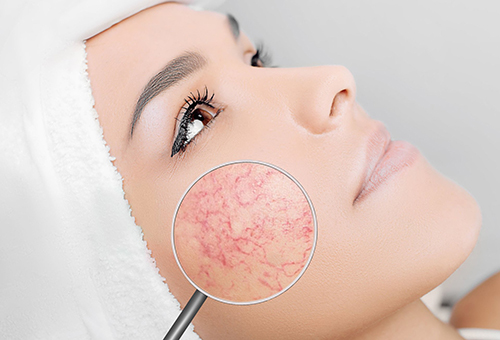
Causes
Broken capillaries (medically known as talengiesctasia) occur when blood vessels beneath the surface of the skin dilate. The capillary itself isn’t actually broken, but rather the walls are weakened, causing a small build-up of blood. It’s this pooling of blood that can be seen on the surface of the skin. There are several factors that contribute to the formation of spider veins, including:
Genetics
Some individuals are genetically predisposed to their formation
Alcohol consumption
Alcoholism can cause blood vessels to dilate, resulting in spider veins.
Age
As the skin ages, the effects of external and internal factors become more prominent. The skin becomes thinner, making imperfections more visible.
Excessive coughing
Excessive coughing places pressure on the blood vessels in the face, which can result in the dilation that leads to the appearance of spider veins.
